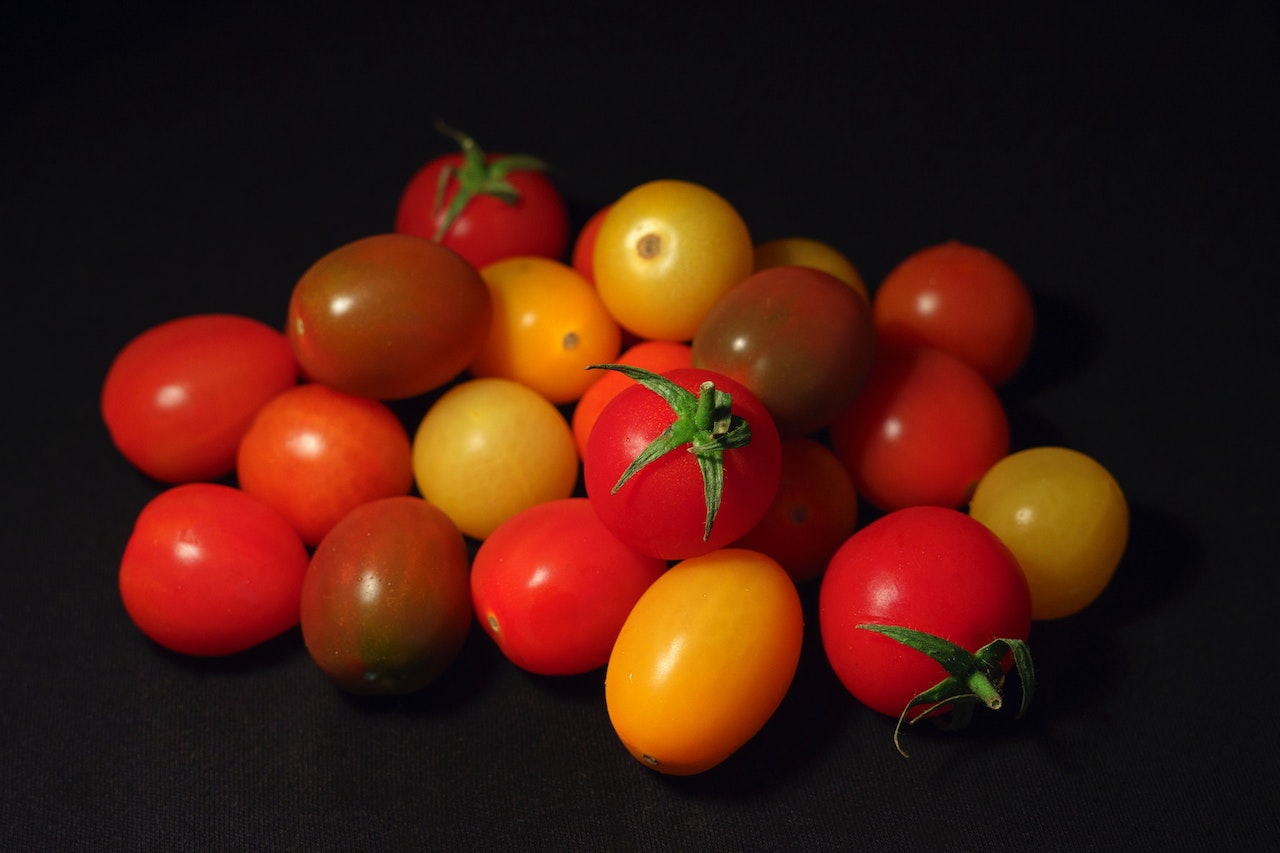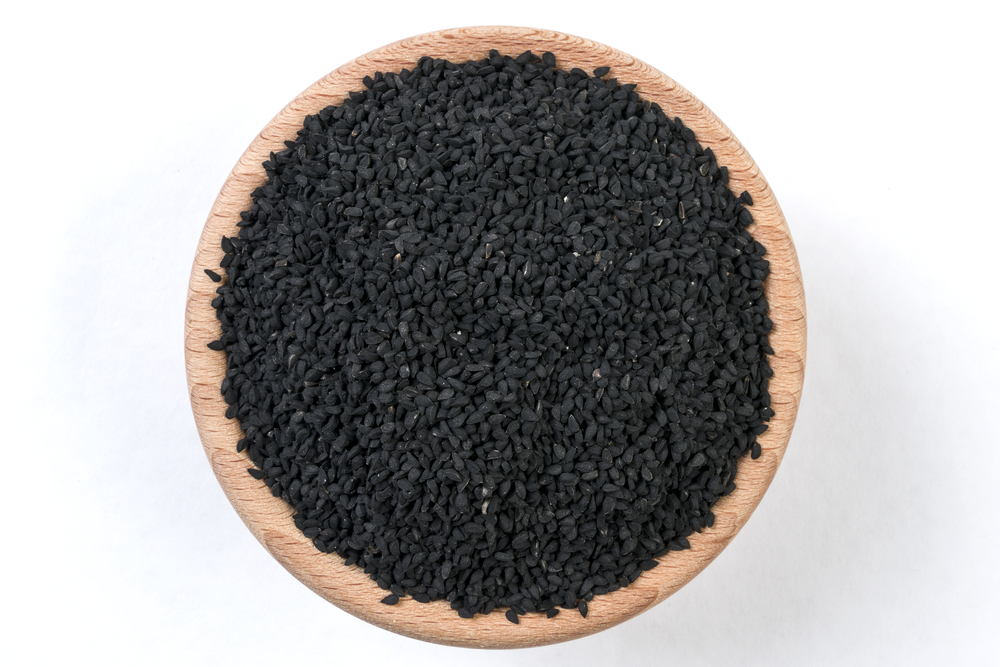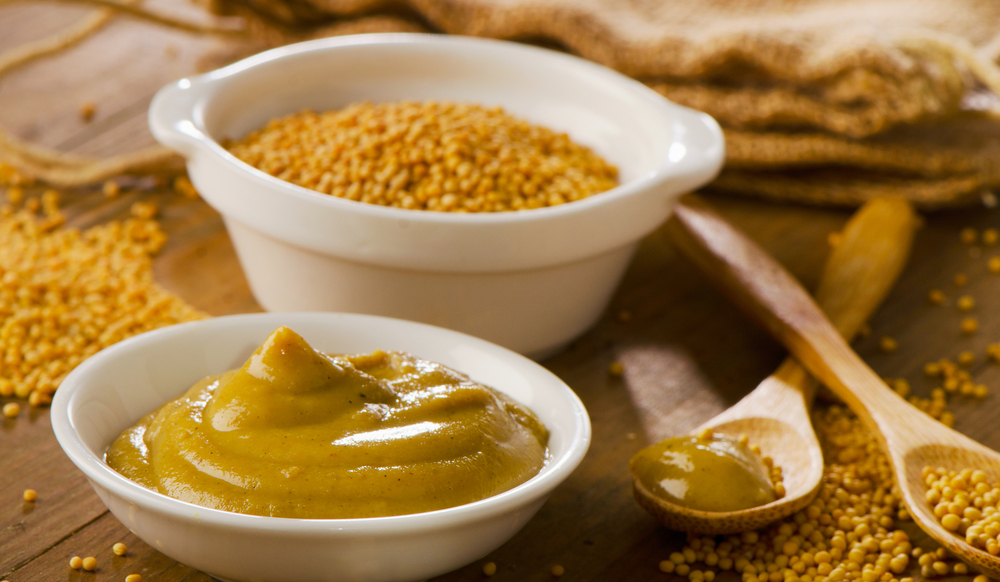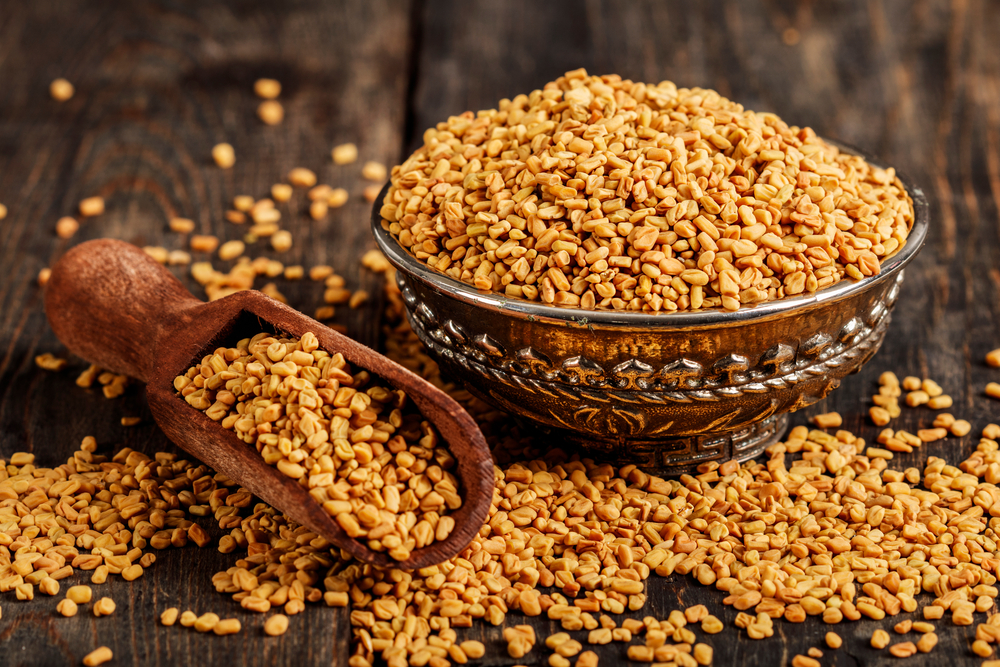Mahlab, a spice derived from the seeds of the St. Lucie cherry, has been a popular ingredient in Middle Eastern and Mediterranean cuisine for centuries.
It is well-known for its unique flavor, which boasts a combination of sweet, nutty, and slightly bitter notes. Due to its distinctive taste, finding the perfect substitute for mahlab can be challenging for cooks who want to recreate traditional recipes or experiment with new flavors.
In recent years, mahlab has become increasingly difficult to find in some regions, leading home cooks and professional chefs alike to seek alternatives.
The key to finding the ideal mahlab substitute is understanding its flavor profile and the types of dishes it is traditionally used in.
Armed with this knowledge, one can more easily identify possible replacements that will not compromise the taste or texture of the final dish.
Key Takeaways
- Mahlab has a unique flavor profile that can be challenging to replicate with substitutes
- Consider the type of dish and desired flavor when choosing a substitute for mahlab
- Adjusting quantities and cooking techniques may be necessary when using mahlab alternatives
Understanding Mahlab

Mahlab is a popular Middle Eastern spice derived from the seeds of the Mahaleb cherry (Prunus mahaleb) or sometimes referred to as St. Lucie cherry or St. Lucie cherry.
The seeds are ground to create a unique and flavorful spice widely used in a variety of Middle Eastern dishes.
The cherry itself has a slightly bitter taste, while the ground seed has a distinct flavor profile that adds a subtle sweetness and a unique aroma to recipes.
Mahlab seeds have been utilized for centuries in Middle Eastern cuisine, appreciated for their diverse uses and ability to enhance dishes with their characteristic taste.
One of the reasons mahlab is valued in Middle Eastern cooking is because of its distinct and versatile nature. The spice can be found in both sweet and savory dishes, often used as a featured flavor in pastries, cakes, breads, and even meat dishes.
As a ground seed, it readily incorporates into recipes, imparting its distinctive flavor throughout.
In many regions, mahlab is known by its alternative name, mahlepi. No matter the name, the spice can often be identified by the unique combination of bitter and sweet flavors it provides.
This unparalleled taste has made it a sought-after ingredient in various culinary traditions, particularly in Mediterranean regions.
When considering a substitute for mahlab, one must take into account its unique flavor profile and the role it plays in the dish being prepared.
Understanding the complexities of mahlab’s taste and aroma will guide the selection of an appropriate alternative, ensuring that the resulting dish maintains its desired characteristics while incorporating a new twist on tradition.
Occasions for Mahlab Use
Mahlab is an aromatic spice, derived from the kernel of St. Lucie cherry pits, and is often used to enhance the flavor of various baked goods and desserts. In particular, it is prized for the distinct, almond-like taste and slight cherry undertones it confers upon dishes.
One of the most well-known occasions for mahlab use is during Easter celebrations in Greek cuisine. A prime example of this is the traditional Greek Easter bread called Tsoureki.
This sweet and soft bread is flavored with mahlab, which lends its characteristic taste and fragrance. It is enjoyed by families all across Greece throughout the Easter period.
During the Christmas season, mahlab is also commonly employed in holiday recipes. It is particularly valued in the creation of festive cakes, cookies, and pastries.
Given its unique flavor profile, it pairs wonderfully with other warming spices often used during this time, such as cinnamon, nutmeg, and cloves.
In general, mahlab is a versatile spice that can enhance a wide range of baked goods all year round. Its distinctive flavor element can elevate simple bread recipes, turning ordinary loaves into flavorful and aromatic treats.
Moreover, it can be used in an assortment of other baked goods such as dessert breads, cookies, and pastries. Its flexible nature makes it a popular ingredient for those looking to add an extra depth of flavor to their creations.
Whether used in festive dishes or everyday baking, mahlab serves as a cherished addition to numerous recipes. The enticing taste and aroma it brings to the table are sure to please both experienced and novice bakers alike.
Traditional Mahlab Dishes
Mahlab, a versatile spice extracted from the St. Lucie Cherry, is widely used in Mediterranean cuisine. It adds a distinctive aromatic flavor, ranging from slightly fruity to mildly bitter, and is often found in both sweet and savory dishes.
One of the most popular Mahlab-infused creations is the Mediterranean sweet bread, often enjoyed during festive seasons or shared with family during special gatherings.
The bread is traditionally made with a combination of flour, sugar, butter, eggs, and a generous pinch of Mahlab, resulting in an enticing, subtly fragrant treat.
Meat dishes, such as stews and marinades, also incorporate Mahlab to enhance their flavor profiles.
For instance, it is a common addition to meat rubs in Mediterranean cuisine, where the spice is used to tenderize and flavor the meat, adding a unique, slightly bitter touch.
Mahlab’s versatility is showcased in a range of meat dishes, from simply grilled cuts to complex, slow-cooked stews.
When it comes to curries, Mahlab is often added to the spice blends, pairing well with other spices such as cumin, coriander, and cinnamon.
The distinctive aroma permeates these rich, flavorful dishes, rendering them all the more satisfying and comforting, particularly during colder months.
Overall, Mahlab is a cherished spice in traditional Mediterranean culinary practices, particularly in sweet baked goods, meat dishes, and comforting stews.
Its unique flavor and aroma continue to make it a sought-after ingredient, creating a rich culinary experience that transcends borders.
Mahlab as a Flavor Enhancer
Mahlab, derived from the seeds of the St. Lucie cherry, is a popular flavor enhancer in Middle Eastern and Mediterranean cuisine.
The unique flavor profile of mahlab lends itself well to both sweet and savory dishes, making it a versatile addition to any kitchen.
The taste of mahlab is often described as a combination of sweet and nutty, with a hint of licorice-like taste. Its warm, slightly sour profile harmonizes well with other ingredients in various dishes.
The subtle presence of a nutty flavor adds depth and complexity to pastries, bread, and even savory fare like meat dishes.
Incorporating mahlab into recipes can bring a sophisticated layer to the overall taste without overpowering the dish. Due to its concentrated nature, a small amount of mahlab is enough to provide a distinct, yet balanced flavor.
A common way to utilize mahlab is to infuse it into a liquid, such as vodka, which can then be added to recipes to contribute its unique flavor.
When searching for a mahlab substitute, it is essential to consider its distinctive flavor.
Choosing a replacement that offers both the sweet and nutty elements, as well as the licorice undertone, will ensure that the dish remains true to its intended taste.
Some possible substitutes include:
- Anise seed: This spice shares the licorice-like taste of mahlab, but lacks the sweet and nutty profile.
- Nutmeg: While nutmeg possesses a warm, nutty taste, it does not have the licorice-like aspect of mahlab.
- Ground almonds: Almonds can provide the sweet and nutty flavor, but lack the licorice component.
In conclusion, mahlab is a valuable flavor enhancer that adds a touch of sophistication to both sweet and savory dishes. With its unique combination of flavors and versatility, it is a worthwhile addition to any recipe.
Known Mahlab Substitutes

Mahlab is an aromatic spice derived from the seeds of the St. Lucie cherry. It is often used in Middle Eastern and Mediterranean cuisine, imparting a unique flavor to baked goods, candies, and other dishes.
However, if mahlab is unavailable or you need a substitute, there are several alternatives you can consider.
Anise Seed is one of the popular substitutes for mahlab. It shares similar floral and slightly sweet notes, making it an appropriate choice for recipes that call for mahlab. Anise seed is versatile and can be used in both sweet and savory dishes.
Nutmeg is another mahlab substitute that can be used with confidence. While not an exact match in terms of flavor, nutmeg has a warm and aromatic quality that can mimic the unique essence of mahlab.
Use it sparingly, as its flavor can be overpowering in large quantities.
Alternatively, a combination of ground cherry pits and almond extract can be used to replicate the flavors of mahlab. Ground cherry pits provide the subtle fruitiness, while almond extract imparts the nutty undertones.
This mixture may be adjusted to suit your taste preferences and the specific requirements of your recipe.
Here are some more mahlab substitutes you might find useful:
- Cardamom: A popular spice in Indian and Middle Eastern cuisine, cardamom has a complex flavor profile that includes citrusy, spicy, and herbal notes. It can work as a mahlab substitute in small amounts, particularly in baked goods.
- Cinnamon and Cloves: A blend of cinnamon and cloves can evoke some of the warm, spicy flavors of mahlab. Use a 2:1 ratio of cinnamon to cloves for a balanced taste.
- Allspice: Although not as common, allspice can be used as a substitute for mahlab in some recipes. Allspice has similar aromatic qualities, but it is important to use it sparingly to prevent overpowering the dish.
To sum up, finding a good substitute for mahlab depends on the specific flavors and aromas it contributes to a recipe.
The mentioned alternatives may need some adjustments and experimentation to achieve the desired result, but they can be helpful when mahlab is not readily available.
Specific Substitute Examples
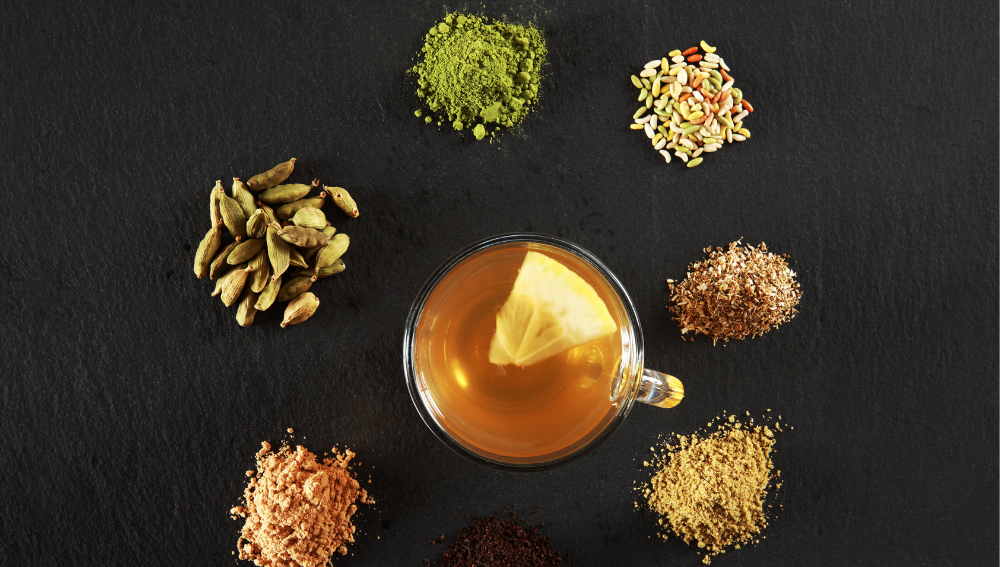
When looking for a suitable mahlab substitute, there are several options to consider that can mimic the flavor profile of this unique spice. Some alternatives include:
Almond and Almond Extract: Ground almonds or almond extract work well as a substitute due to their similar taste and aroma to mahlab.
Almond liqueur could also be utilized for a more intense flavor. This adds a cherry-like, sweet touch to recipes.
Cardamom and Fennel Seed: A combination of cardamom and ground fennel seeds can also serve as a viable alternative.
Cardamom offers a spicy, slightly sweet flavor, while the fennel seeds provide licorice notes, which complement each other and effectively imitate the essence of mahlab.
Star Anise and Cloves: Another popular option is using star anise and cloves. Combining these two achieves the desired spicy-sweet flavor and anise seeds’ licorice notes that closely resemble mahlab.
Anise extract could also be used in place of anise seeds.
Cinnamon and Tonka Beans: By blending cinnamon with tonka beans, a similar taste to mahlab can be achieved. Cinnamon imparts a warm, spicy touch, while tonka beans add a hint of bitterness reminiscent of bitter almonds.
Cherry Liqueur and Vanilla Extract: If you prefer a liquid substitution, cherry liqueur with a dash of vanilla extract can work as an appropriate replacement. This mixture captures the sweet, fruity essence of mahlab, as well as its distinct nuttiness.
Nutmeg, Poppy Seeds, and Bay Leaf: For a more complex flavor pairing, consider using nutmeg, poppy seeds, and bay leaf. The nutmeg provides a bit of spiciness, the poppy seeds offer a nutty flavor, and the bay leaf adds an herbal touch.
In conclusion, depending on the specific taste desired and the recipe’s requirements, there are several mahlab substitute options that can closely replicate the unique flavor profile of this spice.
By incorporating the suggested alternatives, dishes can still achieve the desired taste and complexity without depending on mahlab.
How to Adjust Quantities
When substituting mahlab in a recipe, it is important to adjust the quantities to achieve the desired flavor and texture. Different substitutes have varying strengths and characteristics, so the amount used should be tailored accordingly.
For instance, when using ground almonds as a mahlab substitute, use twice the amount of ground almonds as the mahlab called for in the recipe.
This is because almonds have a milder flavor compared to mahlab. Similarly, when using ground cherry pits, a 1:1 substitution works well, as they have a similar flavor intensity.
In some cases, you may also need to adjust the other ingredients in the recipe to achieve the right balance of flavors.
For instance, a lighter flavored substitute like ground almonds might require a slight increase in other aromatic ingredients like cinnamon or nutmeg to maintain the desired overall flavor profile.
When it comes to texture, it is important to consider the consistency of the substitute. Ground nuts and seeds naturally have a more coarse and dense texture compared to mahlab, which is a fine powder.
To account for this difference, a recipe might call for the addition of a small amount of flour or starch to maintain the desired consistency of the dough or batter.
Keep in mind that while adjusting quantities and ingredients can help achieve a similar result, the flavors and textures may still differ from using mahlab.
It is recommended to perform a taste test during preparation to ensure the desired outcome.
By following these guidelines and adjusting quantities and ingredients as needed, you can confidently and effectively substitute mahlab in your recipes.
Using Substitutes in Baking and Cooking

When working with various recipes, whether they are sweet or savory, it’s essential to select the right substitute for mahlab, especially as it can be challenging to find in some regions.
The substitution must complement the dish’s flavor profile while providing a similar texture and aroma to that of the original ingredient.
Some appropriate substitutes for mahlab include ground anise seeds, ground nutmeg, or ground coriander. In baking, these substitutes can be used in powdered form to maintain the dry balance in the dessert recipes.
For example, when preparing biscuits or marzipan, swapping out mahlab for its alternatives will still result in a delicious treat with a slightly varying flavor profile.
In savory dishes, ground allspice or caraway seeds may be a more suitable alternative for mahlab, as they complement the other ingredients in the dish.
They can be added to recipes in powder form or as whole seeds, depending on the texture desired. These options work well in dishes where the spice’s mild, yet distinct flavor adds a layer of complexity to the meal.
For those looking to recreate the slight nuttiness of mahlab, incorporating some ground almonds, pecans, or walnuts into the recipe is a practical choice.
This addition provides a similar flavor and texture, particularly in dishes where nuts are already present or would be a fitting ingredient, like certain candies or baked goods.
It’s worth noting that while substitutions can be helpful, the flavor profile may vary slightly from the original recipe.
Being mindful of the desired outcome and adjusting the quantity of the alternative spice or ingredient will ensure a dish that is both delicious and satisfying.
Safety Considerations
When searching for the best mahlab substitute, it’s important to keep safety considerations in mind. The primary concern is the potential toxicity of some substitutes.
To ensure your culinary creations are not only delicious, but also safe to consume, it’s crucial to be informed about the possible risks associated with certain ingredients.
Nutmeg, a common mahlab substitute, has been reported to cause hallucinogenic effects when consumed in large quantities. Ingesting excessive amounts of nutmeg may result in symptoms such as nausea, dizziness, and disorientation.
To avoid potential toxicity issues, use nutmeg in moderation and follow recipe guidelines carefully when using it as a mahlab replacement.
Anise seed is another substitute gaining popularity among home cooks and professional chefs due to its similar flavor profile to mahlab.
However, it’s important to be aware of possible allergic reactions. Some individuals may experience an allergic response when consuming anise seed, leading to symptoms like itching, swelling, or difficulty breathing.
If you have a known allergy or sensitivity to anise, opt for a different mahlab substitute to avoid any potential health risks.
For those looking for a less potent alternative, ground cherry pits could be an option worth exploring. Although they share some characteristics with mahlab, it’s essential to ensure that the cherries used are non-toxic varieties.
Keep in mind that some wild cherry varieties, such as black cherries (Prunus serotina), contain cyanogenic glycosides, which can potentially produce cyanide when ingested.
It’s therefore crucial to source your ground cherry pits from a reliable supplier to minimize any safety concerns.
In conclusion, when selecting the best mahlab substitute for your culinary endeavors, prioritize safety considerations such as potential toxicity and allergens.
This will allow you to create delicious dishes while also ensuring the well-being of those who consume them.
Frequently Asked Questions
What can I use instead of mahlab in baking?
There are several substitutes for mahlab in baking, some of the most common include ground nutmeg, ground allspice, or ground cinnamon. These spices can be used in the same quantity as mahlab to achieve a similar flavor profile.
How to replace mahlab in a tsoureki recipe?
To replace mahlab in a tsoureki recipe, try using ground allspice, nutmeg, or cinnamon in equal amounts. Additionally, mixing two of these spices in equal parts can create a more complex flavor that closely mimics mahlab.
Can fennel seeds or cardamom substitute for mahlab?
Fennel seeds and cardamom can serve as a substitute for mahlab, although they have slightly different flavor profiles.
Fennel seeds have a slightly sweet and licorice-like taste, while cardamom has a warm, spicy, and slightly sweet flavor. When using either of these, start with a smaller amount and adjust to taste.
What alternatives work well in recipes calling for mahlab?
Some alternative spices that work well as mahlab substitutes include ground cinnamon, nutmeg, allspice, fennel seeds, and cardamom.
Experimenting with combinations of these spices can create a unique and flavorful result in recipes calling for mahlab.
What is the best replacement for mahlab powder?
The best replacement for mahlab powder depends on the intended flavor profile and personal preference. Ground nutmeg, allspice, and cinnamon are the most common and tend to work well in most recipes.
However, feel free to experiment with fennel seeds or cardamom for a slightly different flavor.
What spices can mimic the flavor of mahlab?
Spices like ground cinnamon, nutmeg, allspice, fennel seeds, and cardamom can mimic the flavor of mahlab to varying degrees.
Combining some of these spices may result in a closer approximation of mahlab’s flavor. It’s essential to adjust the quantity and ratios depending on personal preference and the specific recipe.


